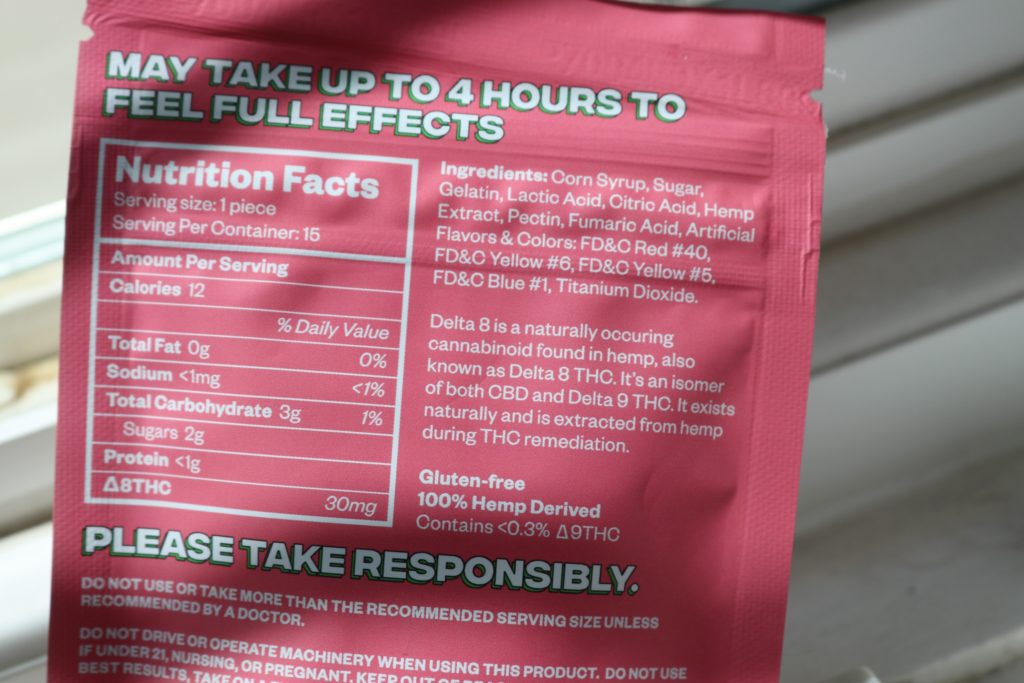
Understanding Food Labels: Making Informed Choices for Better Nutrition
What if you were told that the key to enhancing your wellbeing and nutrition could be found on the back of your grocery goods? In our busy lives, we often […]
What if you were told that the key to enhancing your wellbeing and nutrition could be found on the back of your grocery goods? In our busy lives, we often overlook the significance of food labels, opting for convenience over nutrition. This blog post aims to break down the often complex language of food labels, enabling you to take greater control of your health and make informed dietary decisions.
Decoding the Food Label Labyrinth:
Food labels can feel like you are trying to crack a coded message. However, understanding them can be a game-changer for managing your health better. Food labels contain five key elements: serving size, calories, nutrients, ingredients, and daily value percentage.
1. Serving Size:
This is the first section you’ll see on a food label, and it lays the foundation for understanding the rest of the information. The serving size indicates the typical amount a person consumes at once and is not a recommendation. Be cautious; the nutritional facts listed on the label apply to one serving only. This means, if the packet contains two servings, and you consume the whole packet, you are ingesting double the indicated nutrients and calories.
2. Calories:
Calories manifest energy derived from food, and they are vital to our existence. However, as the famous phrase goes, too much of anything is bad; the same rule applies here. Excessive calorie consumption can lead to weight gain and associated health issues. Thus, it’s essential to watch your calorie intake based on your active lifestyle and metabolic needs.
3. Nutrients:
This section includes total fat, cholesterol, sodium, total carbohydrate, and protein. General advice is to limit consumption of fats (especially trans and saturated fats), cholesterol, and sodium, as they may increase the risk of chronic diseases. Carbohydrates and proteins, however, are crucial for energy and should be incorporated wisely in your diet. Focus on consuming carbohydrates from whole grains, fruits, and vegetables, and lean proteins.
4. Ingredient List:
The ingredient list provides information about what’s inside your food, listed in descending order of weight. This means the food contains more of the ingredients at the start of the list and less of those at the end. Be alert for ingredients such as artificial flavors, processed sugars, and preservatives.
5. Daily Value Percentage:
The % Daily Value tells you how much a nutrient in a serving of food contributes to your total daily diet. The guide is based on a 2,000 calorie diet, so if you consume more or less, you’ll need to adjust. Consuming high levels of some nutrients, like sodium or saturated fat, may increase the risk of certain diseases.
Knowing Your Fats and Sugars:
Fats: Not all fats are created equal. Unsaturated fats (monounsaturated and polyunsaturated, including Omega 3’s) are heart-healthy and should be prioritized over trans fats and saturated fats.
Sugars: The World Health Organization recommends limiting added sugars to less than 5% of daily caloric intake. Food labels don’t always distinguish between natural and added sugars, so look out for terms like corn syrup, brown sugar, dextrose, fructose, glucose, or sucrose in the ingredient list.
Stepping Beyond Labels:
While food labels provide key insights into a food product, they don’t tell the complete nutrition story. Whole and minimally processed foods, like fruits and vegetables, whole grains, lean proteins, and fresh dairy products, might not come with food labels but have a critical place in a balanced diet.
Seeking Professional Advice:
Every individual is unique, so it’s important to seek professional advice to understand your nutritional needs better. Consult with dietitians and nutrition experts to create a meal plan that suits your lifestyle, health concerns, and preferences.
Bottom Line:
Understanding food labels is a crucial skill for maintaining good health and balanced nutrition. It’s more than just counting calories; it’s about ensuring your body gets the nourishment it needs to function healthily and optimally. Reading food labels might seem daunting initially, but once you’ve cracked the code, it’s a simple tool for boosting your health and making informed choices. Remember, your health is an investment, not an expense!
Photo by Elsa Olofsson on Unsplash
Written by AI & Reviewed by Clinical Psychologist: Yoendry Torres, Psy.D.
Disclaimer: Please note that some blog posts may contain affiliate links and Sana Network will earn a commission if you purchase through those links at no additional cost to you. We use all of the products listed and recommend them because they are companies or products that I have found helpful and trustworthy. Our website is supported by our users.
